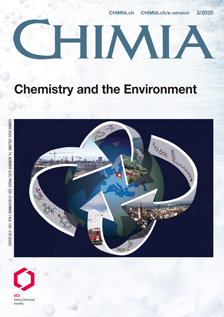Challenges of Regulatory Environmental Risk Assessment for Human Pharmaceuticals with Focus on Antibiotics
DOI:
https://doi.org/10.2533/chimia.2020.183PMID:
32197678Keywords:
Antibiotics, Environmental risk assessment (era), Eu regulation, Human pharmaceuticals, Measured environmental concentration (mec)Abstract
Just recently the problem of pharmaceutical residues in the environment has been emphasized by OECD. Especially antibiotics are of concern due to their widespread use and diverse modes of actions including ones that can affect the photosynthetic activity of primary producers and subsequently primary biomass production and carbon dioxide fixation. The EU regulatory authority, the European Medicines Agency (EMA), has therefore proposed to implement a new tailored environmental risk assessment scheme, published in a new draft guideline 2018. Threshold effect levels to three fixed representative species of green algae and cyanobacteria will be required. This article reviews and compares the contamination of waters with antibiotics in Switzerland and Germany and also presents an overview of published effect data on eukaryotic algae and prokaryotic cyanobacteria in order to discuss the representativeness of the selected species. Since no full datasets as demanded by the EMA were publically available yet, the gaps for four antibiotics have been experimentally completed. In summary the results support the species selection of the EMA published in the revised draft guideline, however it remains unclear whether diatoms should also be considered.Downloads
Published
2020-03-25
Issue
Section
Scientific Articles
License
Copyright (c) 2020 R. Arno Wess, Thomas Schmidt, Stefan Höger

This work is licensed under a Creative Commons Attribution-NonCommercial 4.0 International License.
How to Cite
[1]
Chimia 2020, 74, 183, DOI: 10.2533/chimia.2020.183.







